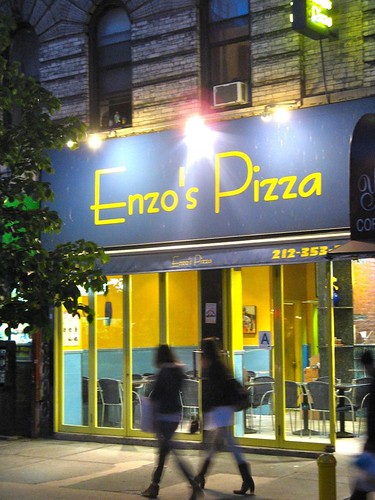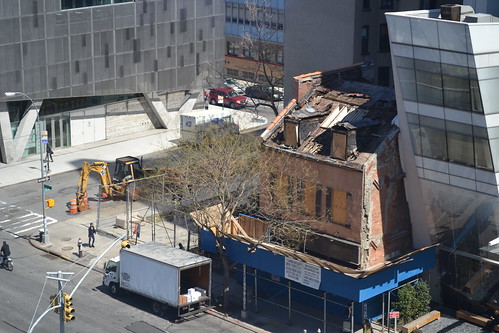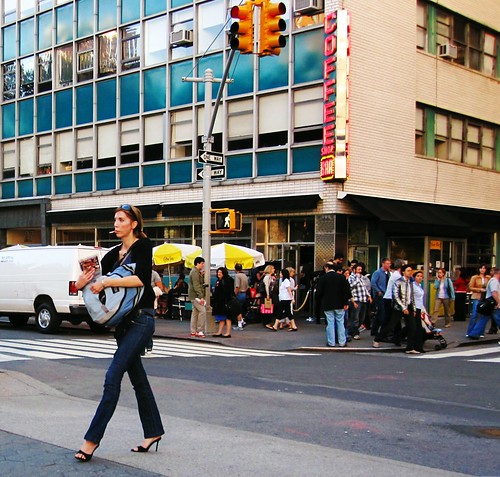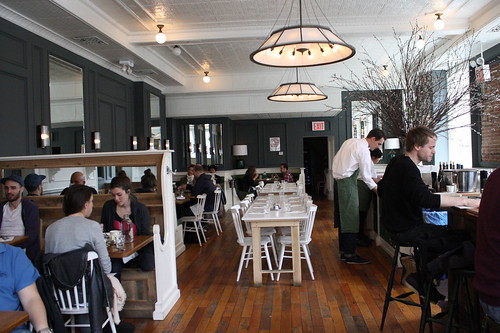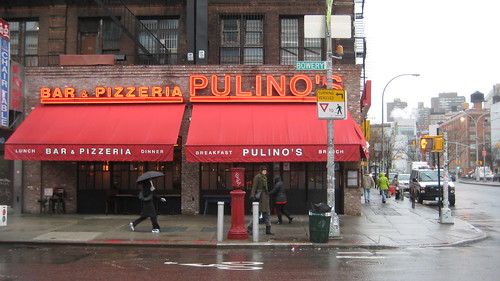 Phillip Kalantzis Cope
Phillip Kalantzis CopeAs we know by now, the 185-year-old 35 Cooper Square is about to be torn to the ground, and replaced by a giant futuristic hotel, or luxury condominiums, or a really swanky office building, or some such non-East Village-y thing. And as we know by now, a lot of longtime East Villagers aren’t happy about it, the destruction of the awe-inspiring, historical, super-significant ageless wonder that was the Asian Pub.
Protestors picketed, petitions were signed, letters were mailed, and for naught. The capitalistic Man that is New York City prevailed. It’s a time for tears, right?
Not so fast. Recently, one of The Local’s readers commented on the expected demolition of the historic building, saying that even though she went to school and lived closed by, she “didn’t even know it existed.”
And although I’m but 22 years old, only lived in the East Village for some eight months, and am more privy to this neighborhood’s prolific bar scene than its historic past, I can’t help but thinking that maybe, just maybe, this sudden preservationist uproar is a bit, well, contrived.
Because as I said, I don’t know much about this neighborhood. I do know, though, that for years, 35 Cooper Square was little more than a place for broke NYU and Cooper Union kids to get really, really drunk. It was a lovely place, but not really historic. Where was the outcry then?
The days of Diane di Prima living upstairs have long since passed. Over time, 35 Cooper Square evolved, from a residential haven for poets and writers, to – like it or not – a cheap watering hole. Over time, 35 Cooper Square’s become little more than an eyesore next to its surroundings. And somewhere over that time, 35 Cooper Square lost its history.
One preservationist said to me in disgust that by the time the Bowery is fully developed, “only the wealthy and trust fund babies” would live here. Her anger seemed less directed toward 35 Cooper’s demise and more at the type of people who will ultimately live here.
But why are we fighting it? This is one of the most progressive neighborhoods in one of the most progressive cities in the world. For decades, we’ve been a haven for artists, musicians, minorities, gays, freedom fighters, beatniks, hippies. Our rich history stems from us opening our doors, to everyone, and the ever-shifting landscape that our tolerance produces.
The East Village skyline will shift, and shift again. It always has. Who’s to say this is a bad thing, or that tomorrow’s residents won’t include the next di Prima, Hendrix, or Madonna? As East Villagers, it’s our duty to remember the past. But when we reflexively cling to our past, when we use 35 Cooper Square as a scapegoat for fear and uncertainty of an unseen future, we become something altogether different.
Join the conversation: Is the concern over preserving 35 Cooper Square justified?







